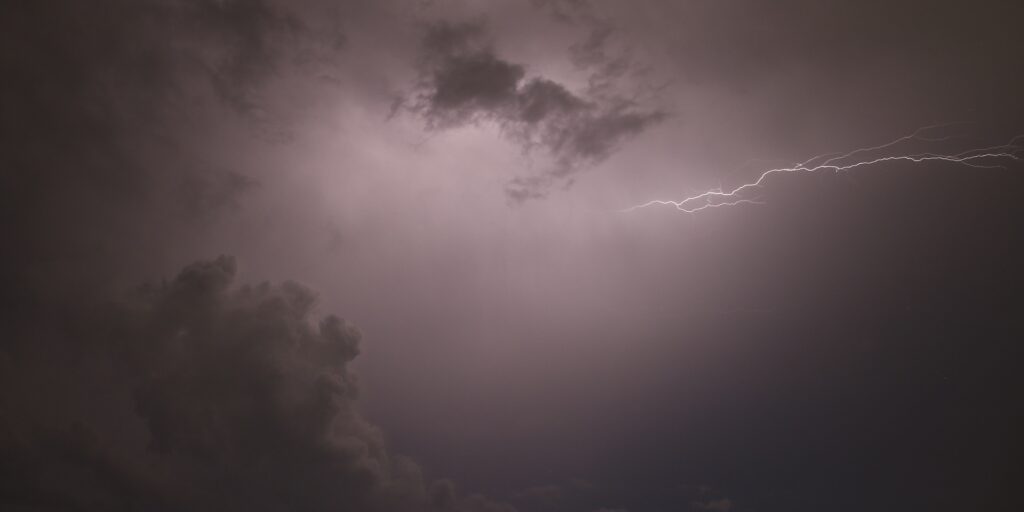Snowfall may frequently create a tranquil atmosphere. As snowflakes shower the landscape in a blanket of white, a peaceful silence may develop. However, a tremendous, ear-splitting smash from a sky-wide flash can occasionally break this peace. But what is thundersnow exactly?
Thundersnow is a natural phenomenon that occurs when thunderstorms arise in wintry conditions, resulting in torrential downpours of snow, thunder, and lightning.
What Causes Thundersnow to Occur?
Thunderstorms are formed when warm air near the ground rises to the surface. This is because it is less dense than nearby masses of cold air. A hot air balloon soars for the same reason. And it’s because of these conditions that most boomers are born in the spring and summer. The descending air will ascend several kilometers to a temperature below freezing point. Whereas, triboelectrification is a phenomenon that can occur as a result of this.
This term refers to the separation of electrical charge caused by friction between air particles. It’s similar to rubbing a balloon against the fabric so that the separated charge permits the balloon to stick to the wall for a short time. (Source: Science News for Students)
How Often Does The Phenomenon of Thundersnow Happen?
Thundersnow is extremely rare due to the improbable conjunction of all components required to create it. Generally, during a typical snowstorm, you won’t have the combustible combination for thunder.
You are unlikely to get the cold air required to transform precipitation from rain to snow within the unstable air masses that produce regular thunderstorms. It is incredibly rare to observe all circumstances coming together perfectly to make thundersnow. It usually develops inside the coldest part of an extratropical cyclone.
Since weather is never completely predictable, it is critical to pay attention when an alert is issued. Thundersnow, while uncommon, can be harmful to the general public.
Many of the same dangers present in a thunderstorm should be avoided. Snow can mask the sound of thunder and make it difficult to detect its existence, placing you at risk of lightning strikes. The threat of driving in ice conditions is, of course, another danger.
When thundersnow is anticipated, it’s best to stay inside and off the roadways. In other words, you’re preparing for a violent thunderstorm and snowfall. (Source: Science News for Students)
What are the Hazards Involved in Thundersnow?
Thundersnow is accompanied by dangerously cold temperatures and reduced vision from snow blowing. People may be affected by a tropical storm. Blizzards and severe winter storms are the most typical causes of thundersnow.
The electrical charge of thundersnow lightning is more likely to be positive. Lightning with a positive polarity is more destructive than lightning with a negative polarity.
Positive lightning can be ten times more powerful than negative lightning, with currents reaching 300,000 amperes and a voltage of one billion volts. Positive strikes can happen up to 25 kilometers from the place of precipitation. Thundersnow lightning has the potential to start a fire or destroy power lines. (Source: Thought Co)
